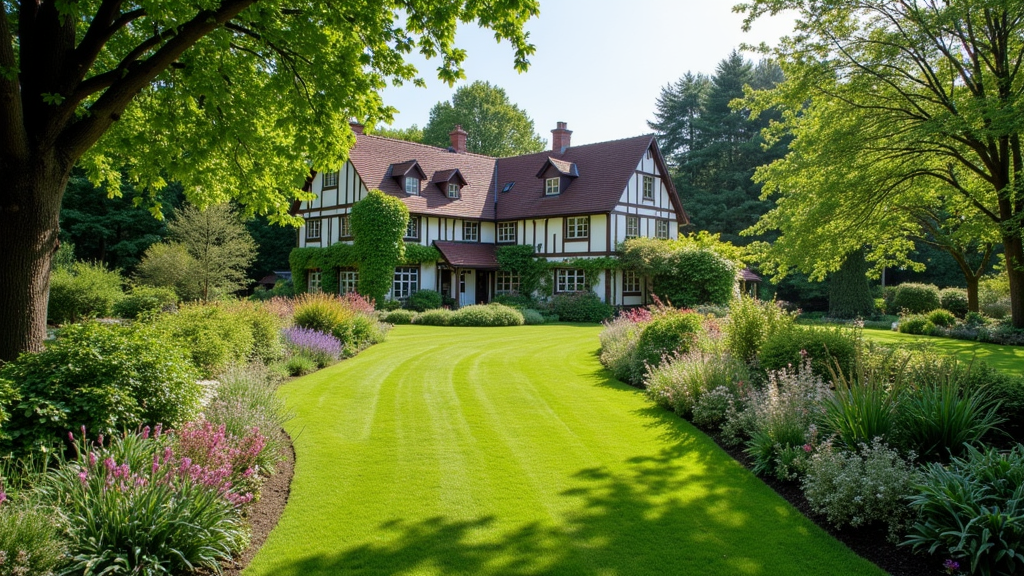http://archercrwv844.cavandoragh.org/exploring-regional-styles-in-american-landscape-architecture
# How to Use Texture in Your Landscape Designs for Added Depth
**Understanding Texture in Landscape Design**
# **Types of Textures in Landscaping**
1. **Hard Textures**: These include materials like stone, brick, concrete, and wood. They offer structure and formality.
2. **Soft Textures**: These encompass plants, flowers, grass, and foliage. Soft textures bring life and vibrancy into a landscape.
**How to Use Texture in Your Landscape Designs for Added Depth**
# **Creating Focal Points with Texture**
Focal points are vital in any landscape design as they attract attention. Here’s how you can use texture to create effective focal points:
- Use a large boulder as an anchor point surrounded by softer ground cover.
- Install water features made from smooth stones contrasted against rugged backdrops.Through thoughtful placement and contrast, you can lead visitors’ eyes exactly where you want them.
**Incorporating Natural Elements for Organic Texture**
# **Water Features for Fluidity**
The presence of water introduces unique textural elements:
- Smooth river rocks around ponds create softness against rippling water surfaces.
- Cascading waterfalls produce sound as well as visual fluidity, enriching sensory experiences within your landscape.
Water can act as both a textural element and a focal point if designed thoughtfully.
---
# **Selecting Plants Based on Texture**
Different plants offer varied textures; some options include:
1. *Feathery Ferns* - Softness combined with lush green color.
2. *Spiky Yucca* - Adds height and sharpness amidst rounded forms.3. *Bushy Lavenders* - Provides fullness with fragrant blooms.

Choosing diverse plant types ensures your design remains captivating throughout seasons.
**Textures Beyond Vegetation: Hardscape Elements**
# **Furniture and Accessories as Textural Enhancers**
Including outdoor furniture adds another layer of texture:
- Wooden benches invite warmth while metal chairs introduce sleek modernity.
Accessorizing with cushions, throws, or decorative pillows can introduce softness against hard materials too!
---
# **Finding Harmony in Design Choices**
Balance is key; too much hardness may feel uninviting while excessive softness could lack structure:
1. Aim for 60% hardscaping elements balanced by 40% softscaping features.
2. Ensure transitions between these elements feel seamless rather than jarring by using compatible colors or shapes throughout the design process!By maintaining balance, you'll cultivate inviting environments conducive to relaxation or social gatherings alike!
---
# 1. What are some popular materials used for hardscaping?
Popular materials include stone (such as granite or limestone), brick pavers, concrete slabs, wood decking, tiles, gravel, and boulders—all contributing unique textures!
# 3. Can I achieve depth using just one type of plant?
While it's possible—using multiple varieties within that category is recommended! Try combining different species sharing similar hues but differing forms/textures instead!
# 5. Are there certain seasons better suited for showcasing textures?
Spring/summer typically highlight vibrant blooms & foliage whereas fall showcases stunning autumn colors overlaid upon varied bark/leaf shapes! Winter offers stark contrasts when snow blankets everything too!
---
code1/pre1/##